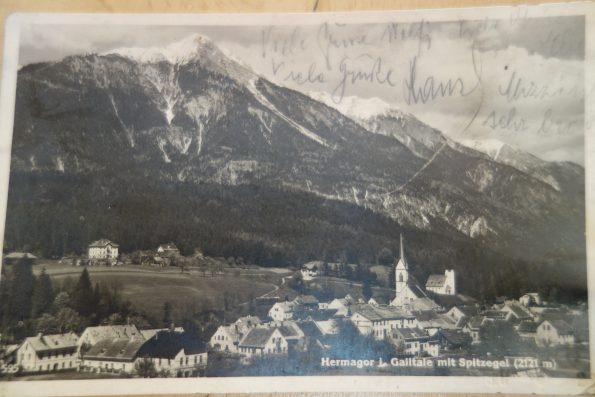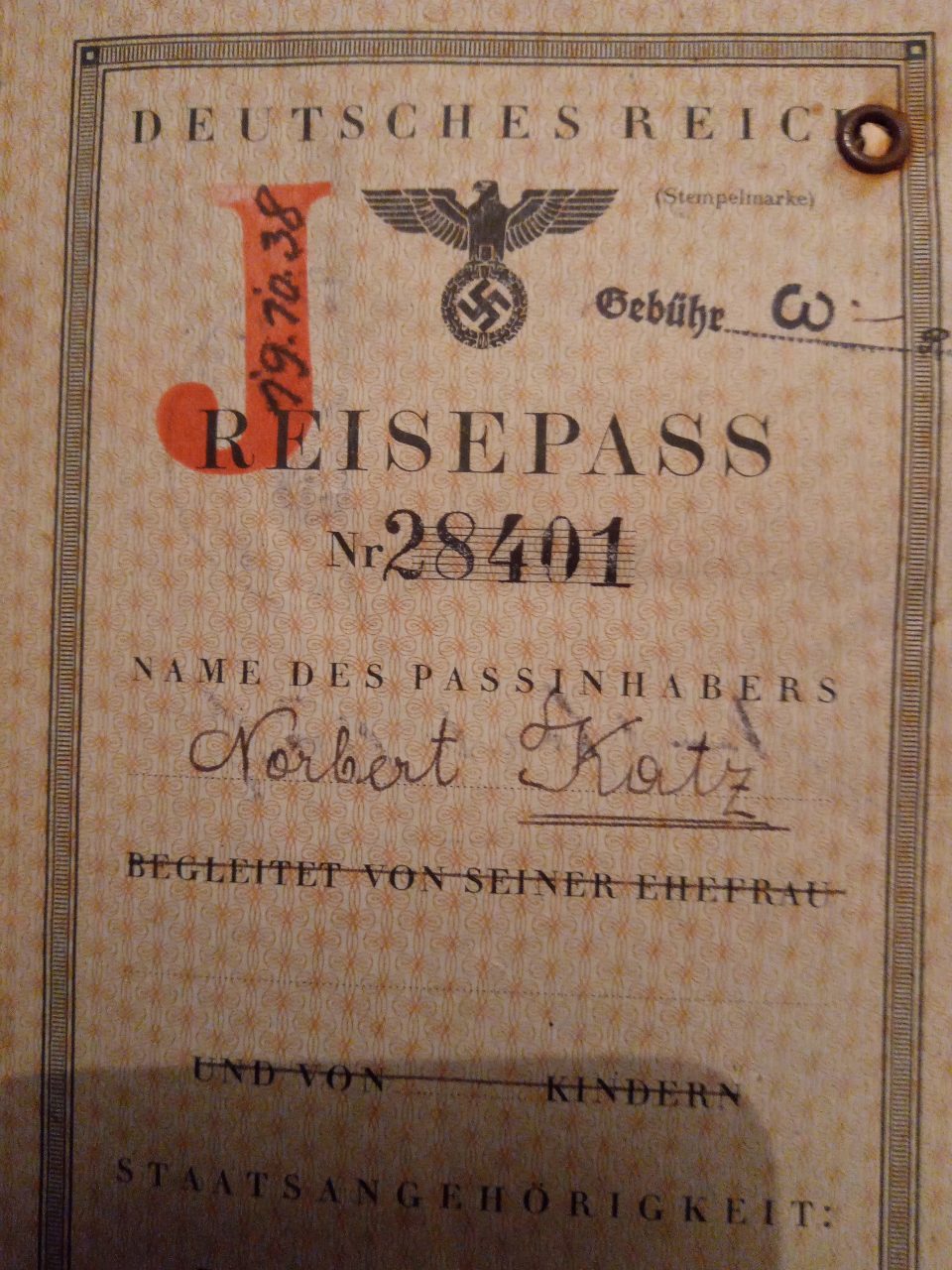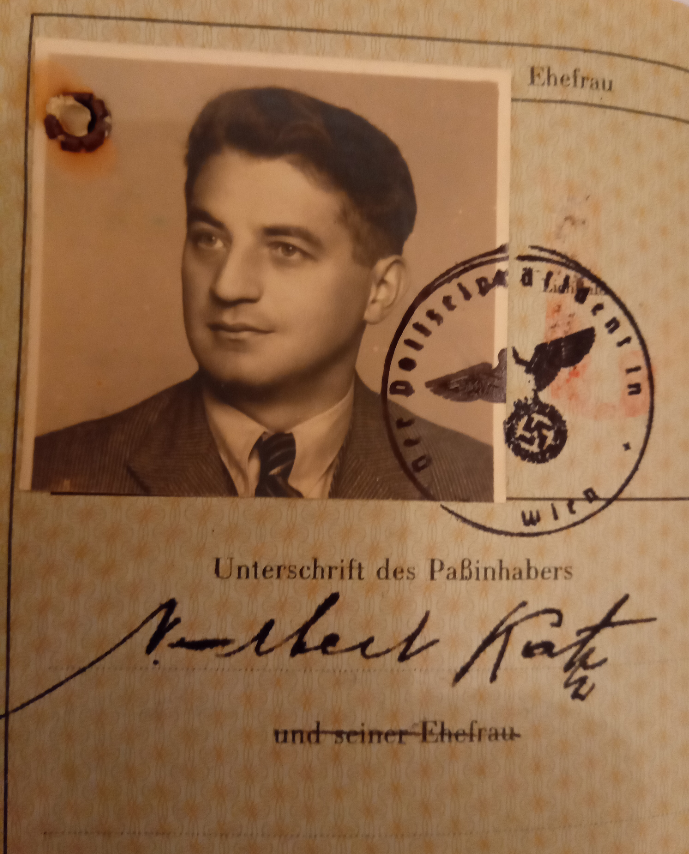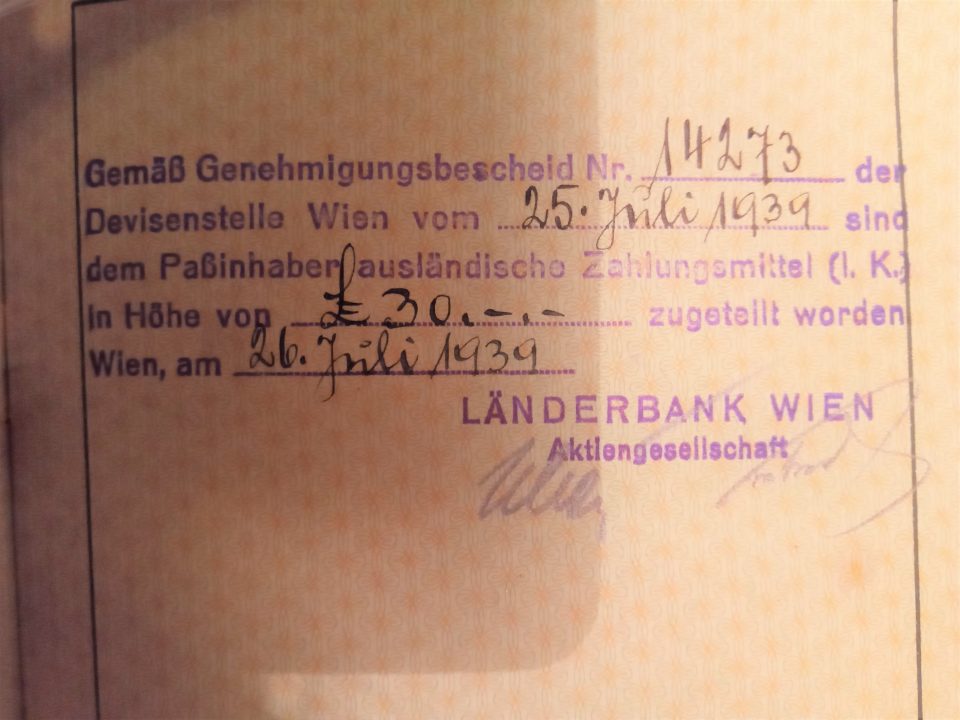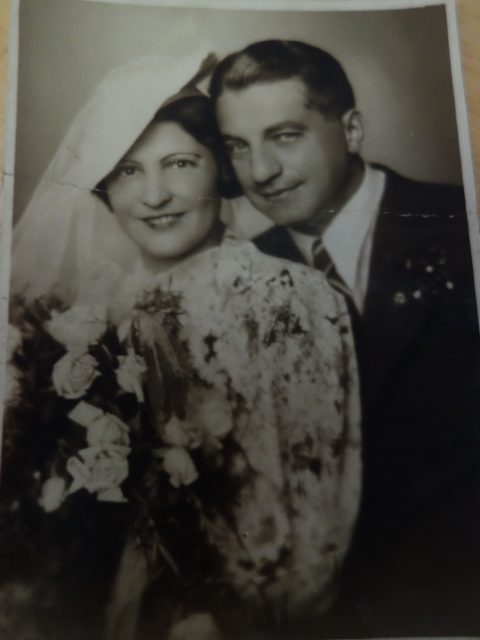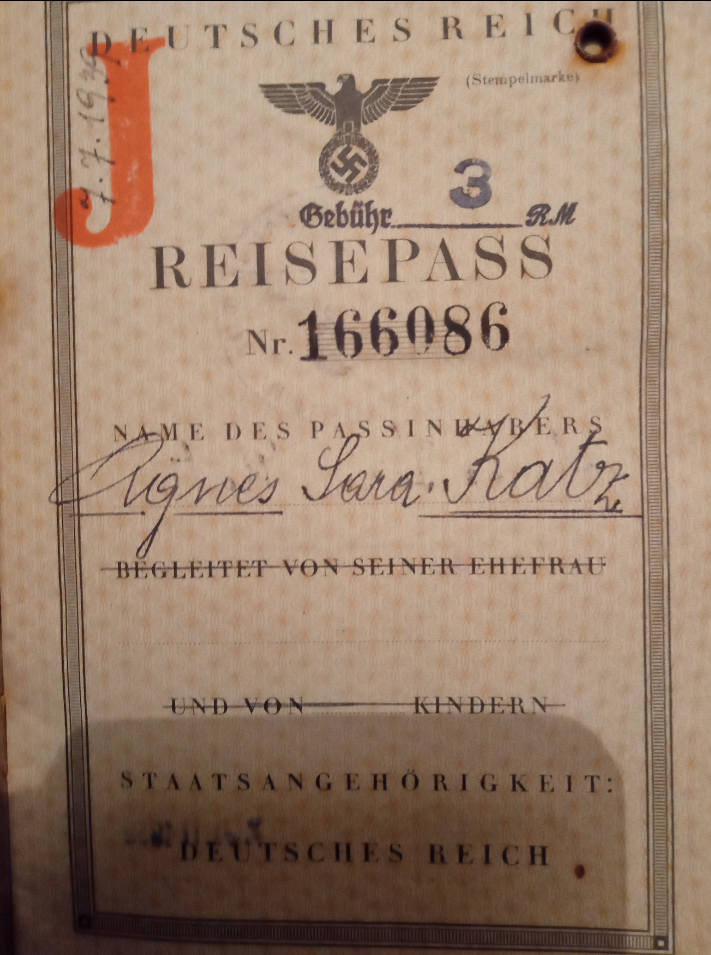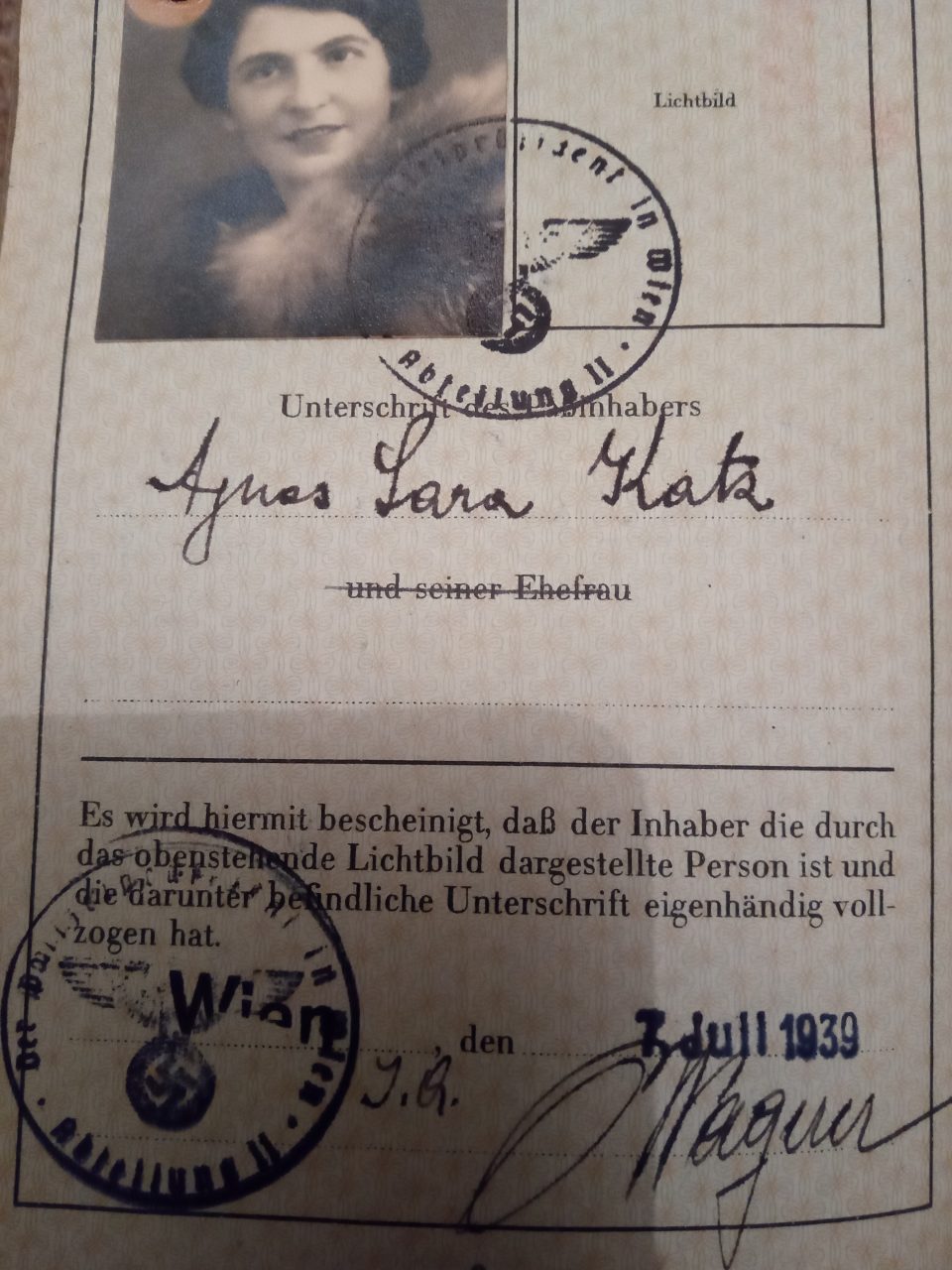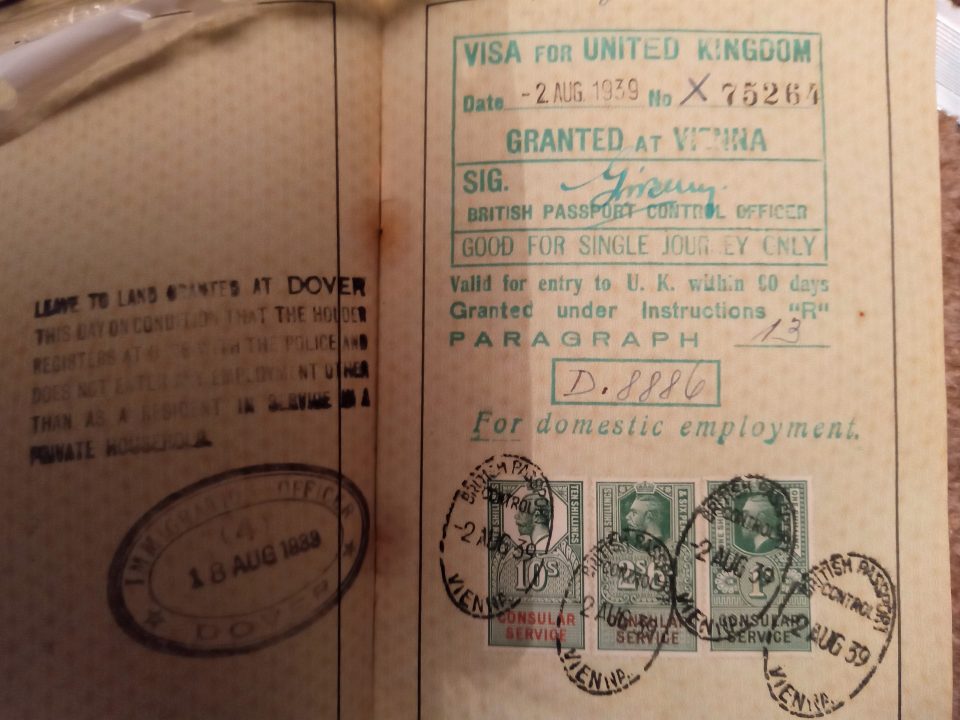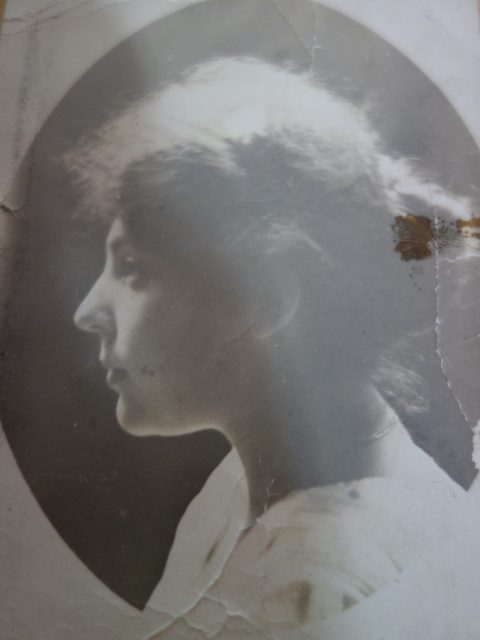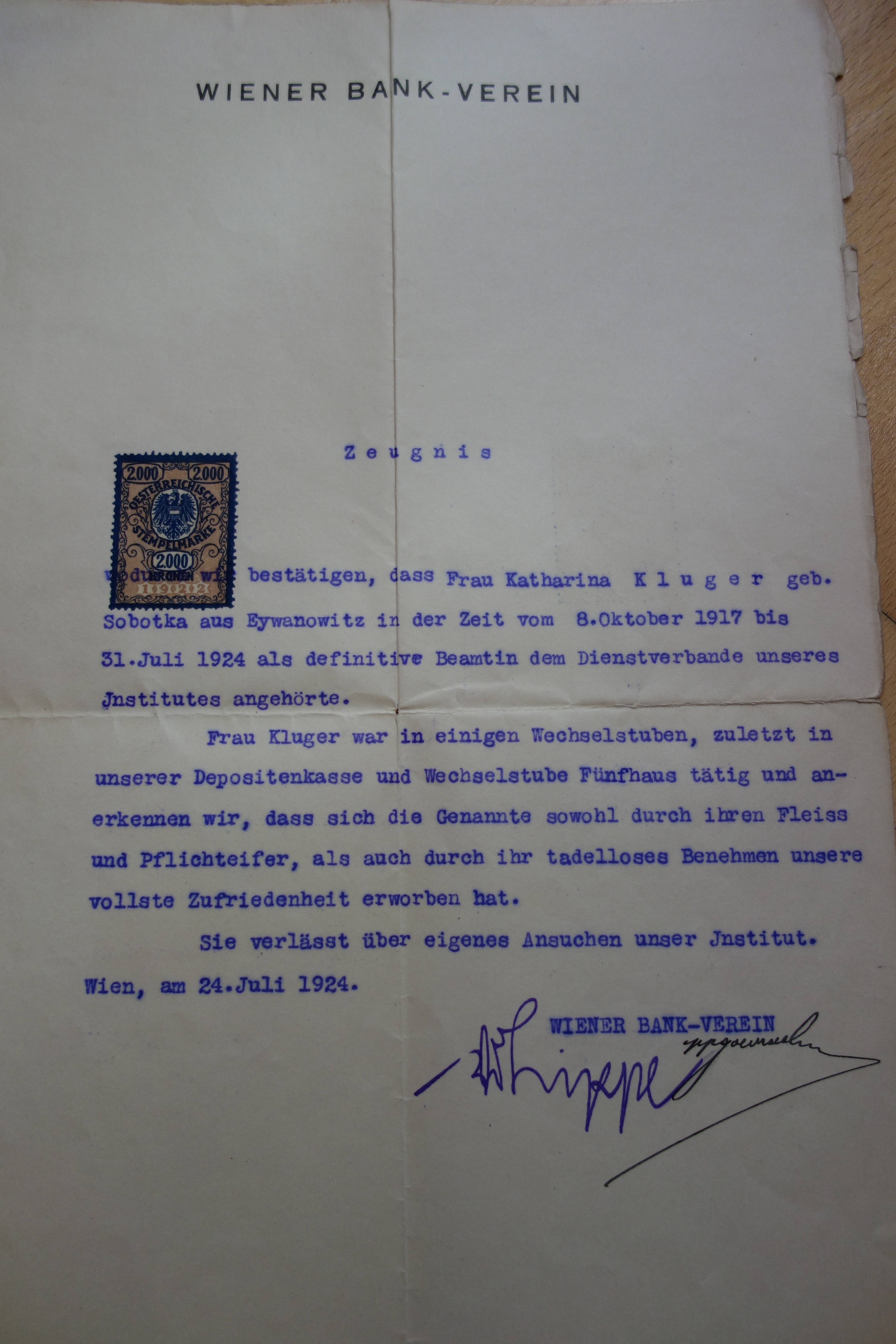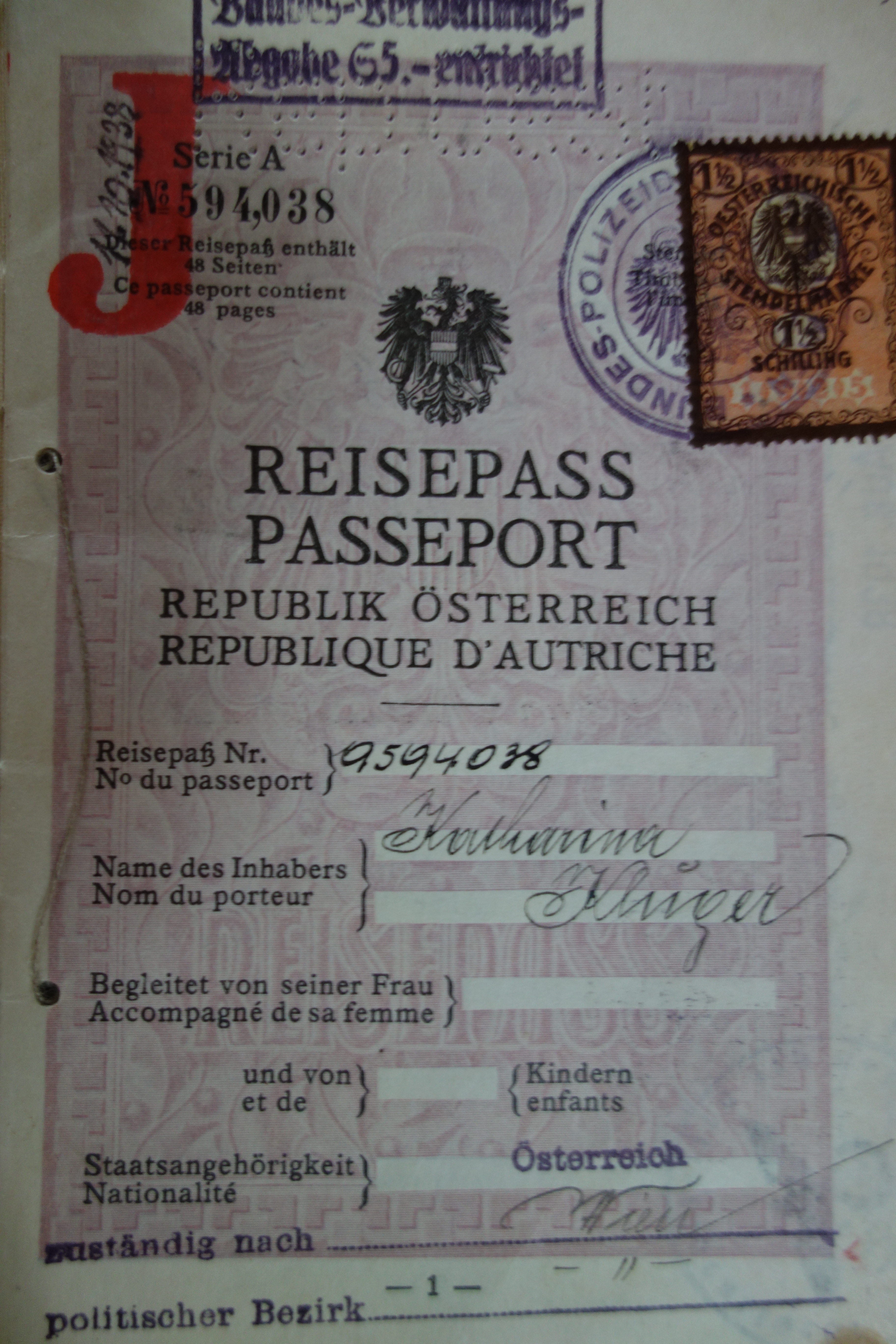VIENNESE IN EXILE IN BOLIVIA 1938-1948
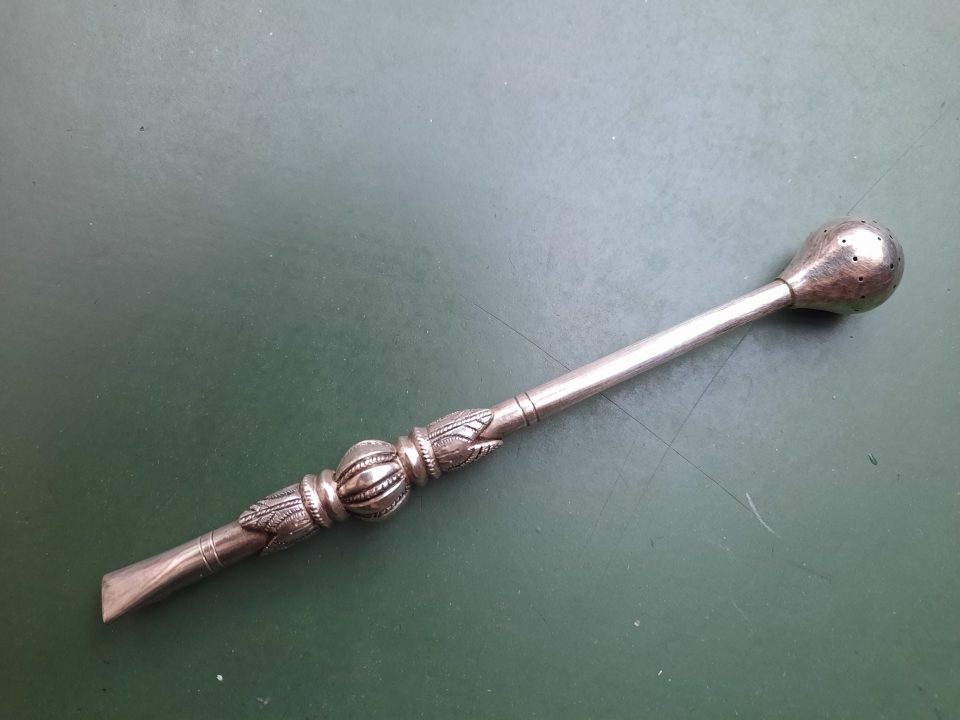
Bolivia is still one of the poorest countries in South America and in the 1930s it was a developing country that was definitely not the desired destination of refugees from Vienna like the United States, Brazil, Argentina or Chile, where the living conditions were similar to Central Europe. But Bolivia ended up as a refuge for many who did not have any other choice and who were desperate to grab any visa available to be able to flee the Nazi terror. You sometimes had to bribe the diplomatic personnel at the embassies to get visas that later turned out to be faked, but even after a stop to immigration, Bolivia handled the issue flexibly and all those with visas, genuine or faked, were allowed into the country, most of them on agricultural visas, although they had no idea of farming. Fortunately for the refugees did Bolivia not annul faked visas, in contrast to other Latin American countries. The country that offered the refugees from Nazi terror rescue was riddled with economic crises, unrests and military coups and had lost a large part of its territory in the “Chaco War” against Paraguay. The German community that had settled in Bolivia before 1938 was under the influence of the NSDAP, led by the German ambassador. Therefore the possibilities for making a living were very limited for the Austrian and German Jewish immigrants; they were restricted by the German community, the Bolivian administration and the Bolivian professional associations. Only few joined agricultural projects, like those of the mining entrepreneur Mauricio Hochschild, most resorted to small retail trade and craftsmanship, where they competed with the local population and thereby triggered some resentment. Within three years the approximately 7,000 to 8,000 refugees to Bolivia formed the largest foreign community there, but most of them moved on to other countries, such as the United States, Chile, Argentine and Uruguay as soon as it was possible. In 1945 around 4,800 Jewish immigrants still lived in Bolivia. The tropical and sub-tropical climate and the extreme altitude were a huge challenge to the immigrants, but the country saved the lives of many refugees from persecution of the “Third Reich” – it accepted the largest numbers of Jewish refugees from Europe of all Latin American countries relative to its inhabitants and my relatives always preserved a loving memory of the beauty of the country and its colourful population mix.
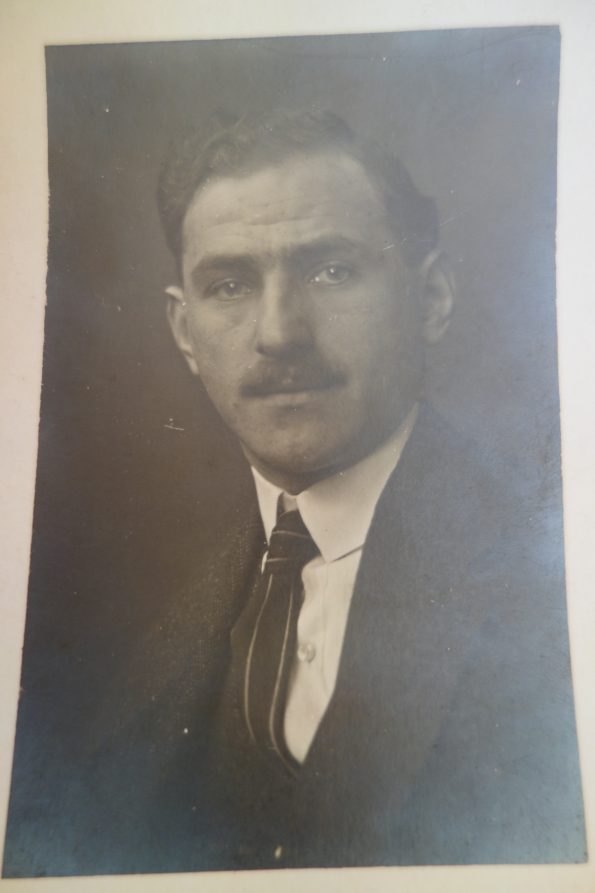
My great-uncle Karl Elzholz, a mechanic at the Vienna tramways, was married to the youngest sister of my grandmother, Marianne (Mitzi), who was several years younger than him. She was his much loved second wife, after his first wife had died young from a lung disease. They had no children and decided rather late that they had to flee Vienna when Hitler invaded Austria in March 1938. Karl was an enthusiastic socialist and a dedicated patriot of the young Austrian republic. As most of the possible destinations had already closed their borders, he managed to procure a visa for Bolivia as an agricultural worker. Karl was a skilled mountain hiker and they fled Austria across the Alps in the winter 1938/39. The last message that my great-grandparents and my grandparents in Vienna received from them was a postcard from Hermagor in Carinthia with the following message:
Dearest parents, Don’t worry and don’t get excited. We are very well. We eat, drink and wait. We have passed the border without problems. There is a lot of room in the train, so we will sleep well. It is half past six and we are already at the border. Many, many kisses, yours Mitzi. Greetings Karl
